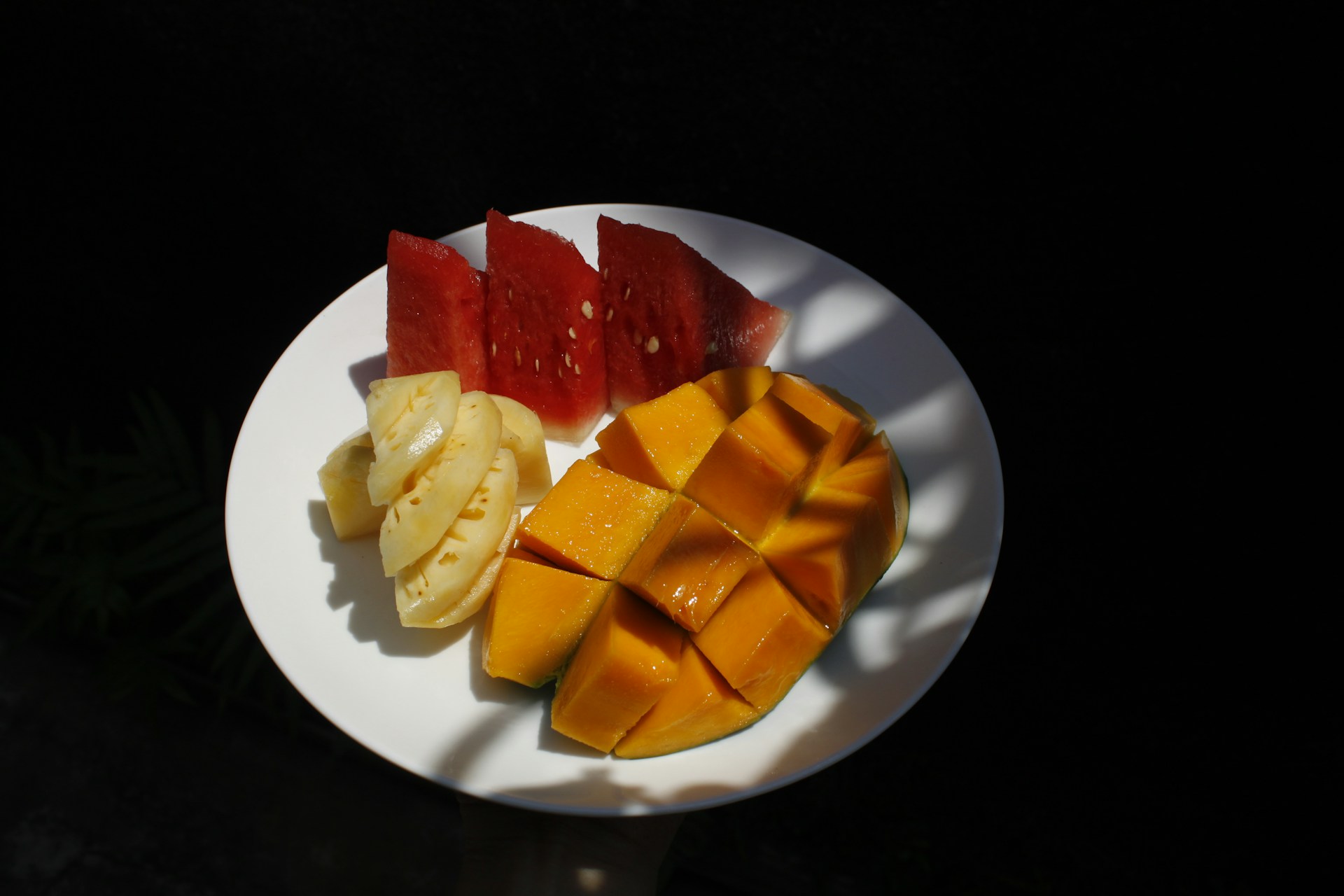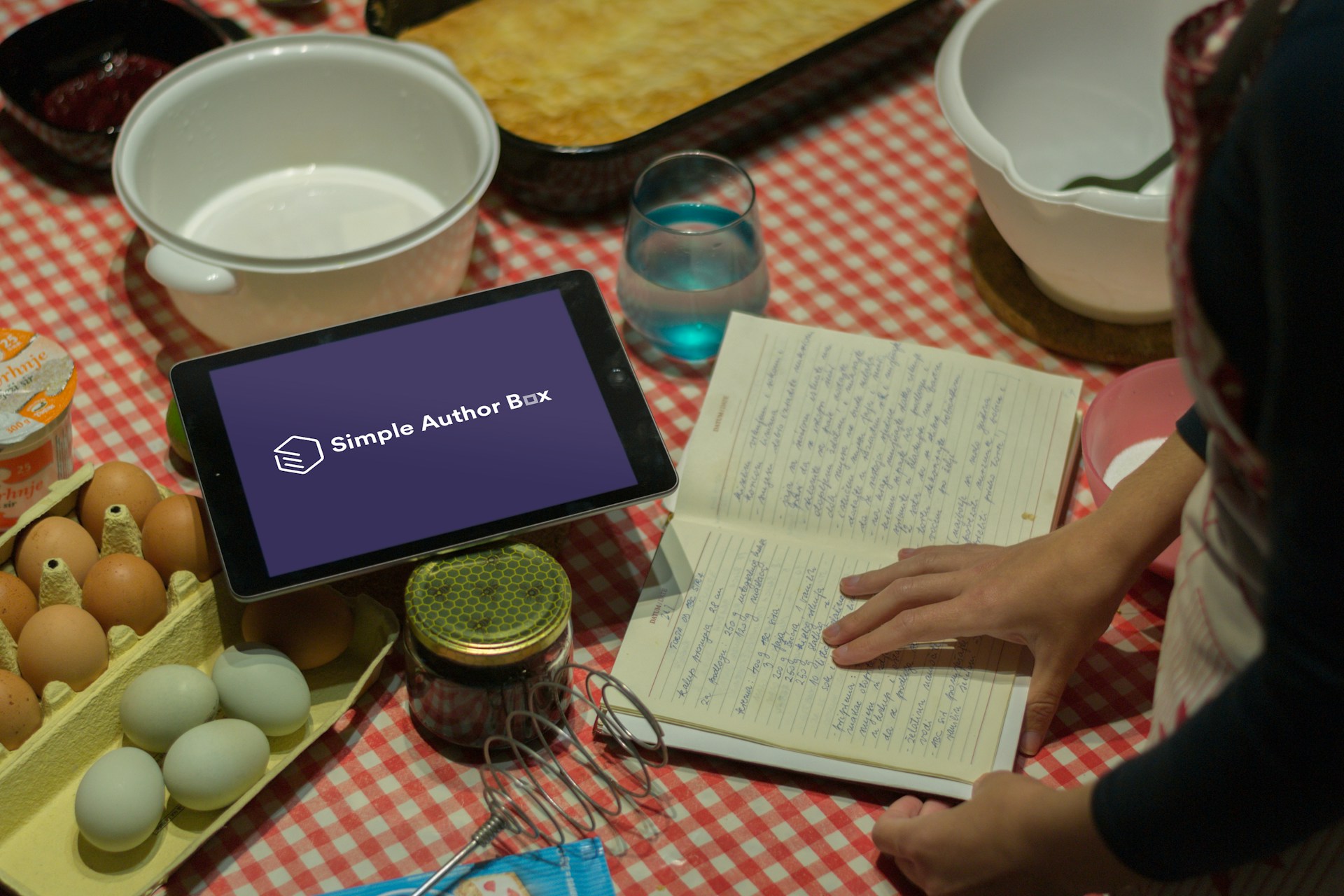Nutrition Fact Literacy in Productive Age Communities in Semarang City, Indonesia
Literasi Informasi Nilai Gizi Pada Masyarakat Usia Produktif di Kota Semarang, Indonesia

Downloads
Background: Lack of attention to reading nutritional value information labels on packaged food can harm one's health, such as an increased risk of obesity and degenerative diseases. The results of a study by the National Consumer Protection Agency stated that only 6.7% of consumers in Indonesia paid attention to nutritional value information labels.
Objectives: This study aims to determine the relationship between demographic characteristics and nutritional value information literacy.
Methods: This quantitative study with a cross-sectional design was conducted on Semarang City residents aged 15-65. The sample size used the Slovin formula so that a minimum sample size of 1,029 respondents was selected using multistage random sampling based on characteristics of educational level and social status. The relationship between nutrition fact literacy and demographic characteristics was used using the Chi-square statistical test, and the relationship between nutrition fact literacy and body mass index using the Spearman rank statistical test.
Results: The study showed that nutrition fact literacy was still problematic, 96.1%. Respondents have normal nutritional status, as much as 64.1%. Factors related to nutrition fact literacies were educational level (p=0.039, OR=1.968) and occupation (p=0.002, OR=4.668). Demographic variables unrelated are domicile, gender, marital status, and residence status. There is no relationship between nutrition fact literacy and nutritional status.
Conclusions: Respondents with low nutritional value information literacy live in rural areas, are married, live with their families, have a low level of education, and do work, not in the health sector.
Food and Drug Administration of Indonesia. Peraturan Kepala Badan Pengawas Obat dan Makanan RI Nomor HK.00.05.41.1384 Tahun 2005 tentang Kriteria dan Tata Laksana Pendaftaran Obat Tradisional. Obat Herbal Terstandar dan Fitofarmaka. (BPOM RI, 2005).
Darajat, N., Bahar, H. & Jufri, N. N. Hubungan Kepatuhan Membaca Label Informasi Zat Gizi dengan Kemampuan Membaca Label Informasi Gizi pada Ibu Rumah Tangga di Pasar Basah Mandonga Kota Kendari Tahun 2016. J. Ilm. Mhs. Kesehat. Masy. 1, 1–15 (2016).
Huizinga, M. M. et al. Literacy, Numeracy, and Portion-Size Estimation Skills. Am. J. Prev. Med. 36, 324–328 (2009).
Anggraini, S., Handayani, D. & Kusumastuty, I. Tingkat Pengetahuan Cara Membaca Label Informasi Gizi Mahasiswa Status Gizi Normal Lebih Baik Dibandingkan Mahasiswa Obesitas. Indones. J. Hum. Nutr. 5, 74–84 (2017).
Widiawati, D. & Komalasari, E. Gambaran Tingkat Kepatuhan Membaca Label Pangan pada Mahasiswa Fakultas Sainsdan Teknologi Universitas Al Azhar Indonesia. J. Al-AZHAR Indones. Seri Sains dan Teknol. 5, 151 (2020).
Rachmayani, Siti Andina, Mury Kuswari, V. M. Indonesian Journal of Human Nutrition. Indones. J. Hum. Nutr. 5, 74–84 (2015).
Klinenberg, E. Can Nutrition Labeling Affect Obesity. 71, 689–698 (2006).
Protection & Consumer Agency of Indonesia, N. Hasil Kajian BPKN di Bidang Pangan Terkait Perlindungan Konsumen.
Zahara, S. Kepatuhan Membaca Label Informasi Zat Gizi di Kalangan Mahasiswa. J. Kesehat. Masy. Nas. 4, 78–83 (2009).
Devi, V. C., Sartono, A. & Isworo, J. T. Hubungan Antara Karakteristik Individu dan Pengetahuan Label Gizi dengan Membaca Label Gizi Produk Pangan Kemasan pada Konsumen di 9 Supermarket Wilayah Kota Tangerang Selatan Tahun 2016. J. Gizi 2, 1–12 (2013).
Asgha, B. Analisa Penggunaan Label Informasi Nilai Gizi pada Produk Pangan Oleh Konsumen. 21, 128–135 (2016).
Cha, E. S. et al. Health Literacy, Self-Efficacy, Food Label Use, and Diet in Young Adults. Am. J. Health Behav. 38, 331–339 (2014).
Food and Drug Administration of Indonesia. Badan Pengawas Obat dan Makanan Republik Indonesia. Bpom Ri 11, 1–16 (2021).
Bahramfard, T. et al. Nutritional Literacy Status and Its Related Factors in Students of Yasuj University of Medical Sciences. Nutr. Clin. Y Diet. Hosp. 40, 55–62 (2020).
Aygen, F. G. Turkish Consumers' Understanding and Use of Nutrition L abels on Packaged Food Products. Int. J. Bus. Soc. Sci. 3, 171–183 (2012).
Svendsen, K. et al. Gender Differences in Nutrition Literacy Levels Among University Students and Employees: A Descriptive Study. J. Nutr. Sci. 10, e56 (2021).
Silk, K. J. et al. Increasing Nutrition Literacy: Testing the Effectiveness of Print, Web site, and Game Modalities. J. Nutr. Educ. Behav. 40, 3–10 (2008).
Storcksdieck genannt Bonsmann, S. & Wills, J. M. Nutrition Labeling to Prevent Obesity: Reviewing the Evidence from Europe. Curr. Obes. Rep. 1, 134–140 (2012).
Cowburn, G. & Stockley, L. Consumer Understanding and Use of Nutrition Labelling: A Systematic Review. Public Health Nutr. 8, 21–28 (2005).
Ady, D. D. W. & Sumarmi, S. Kebiasaan Membaca Label Gizi Berhubungan dengan Asupan Natrium pada Wanita Dewasa. Amerta Nutr. 3, 158 (2019).
Copyright (c) 2023 Amerta Nutrition

This work is licensed under a Creative Commons Attribution-ShareAlike 4.0 International License.
AMERTA NUTR by Unair is licensed under a Creative Commons Attribution-ShareAlike 4.0 International License.
1. The journal allows the author to hold the copyright of the article without restrictions.
2. The journal allows the author(s) to retain publishing rights without restrictions
3. The legal formal aspect of journal publication accessibility refers to Creative Commons Attribution Share-Alike (CC BY-SA).
4. The Creative Commons Attribution Share-Alike (CC BY-SA) license allows re-distribution and re-use of a licensed work on the conditions that the creator is appropriately credited and that any derivative work is made available under "the same, similar or a compatible license”. Other than the conditions mentioned above, the editorial board is not responsible for copyright violation.












































